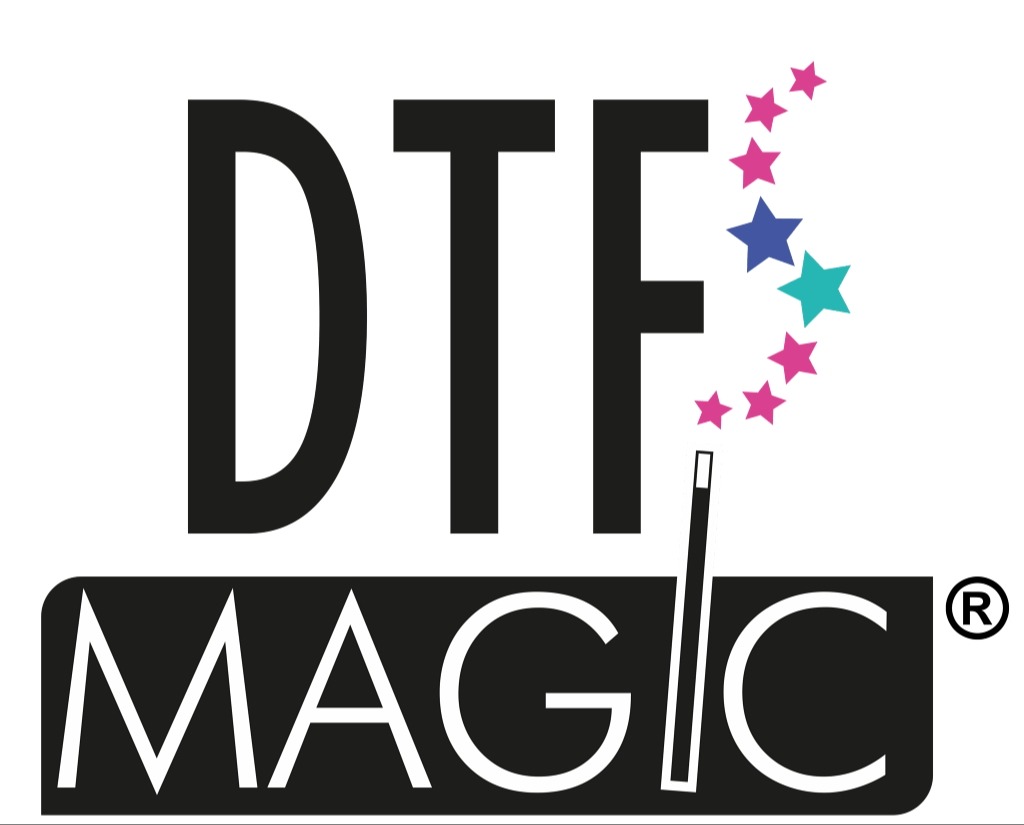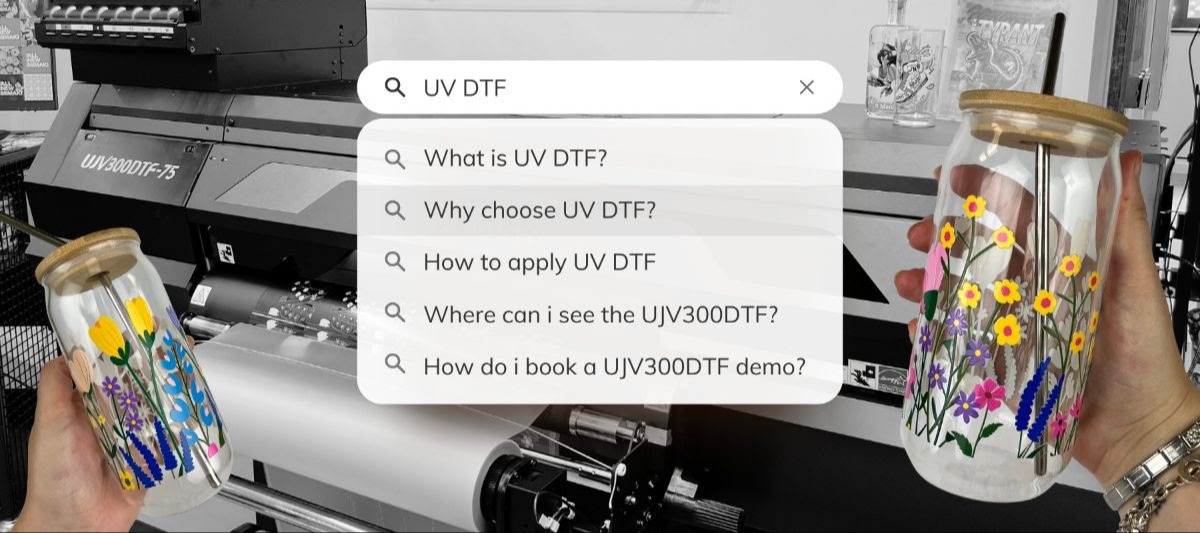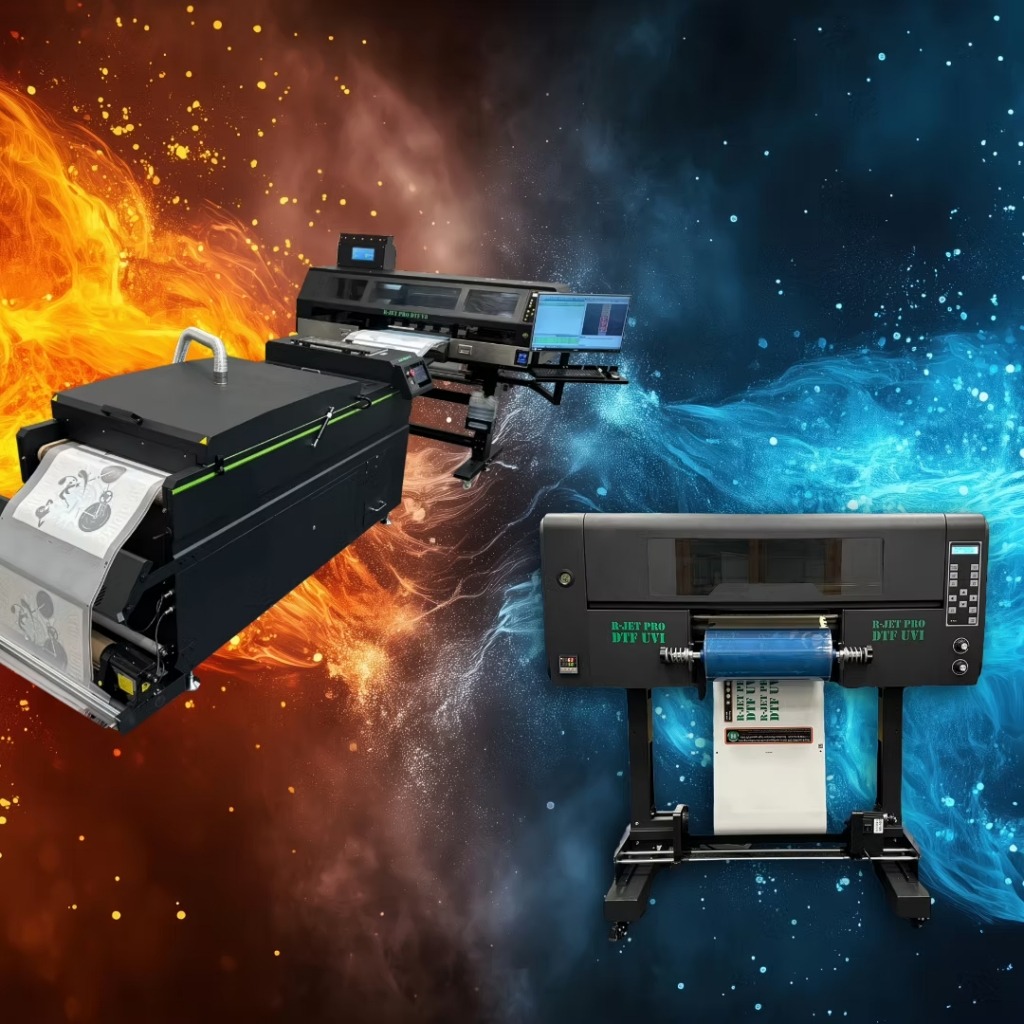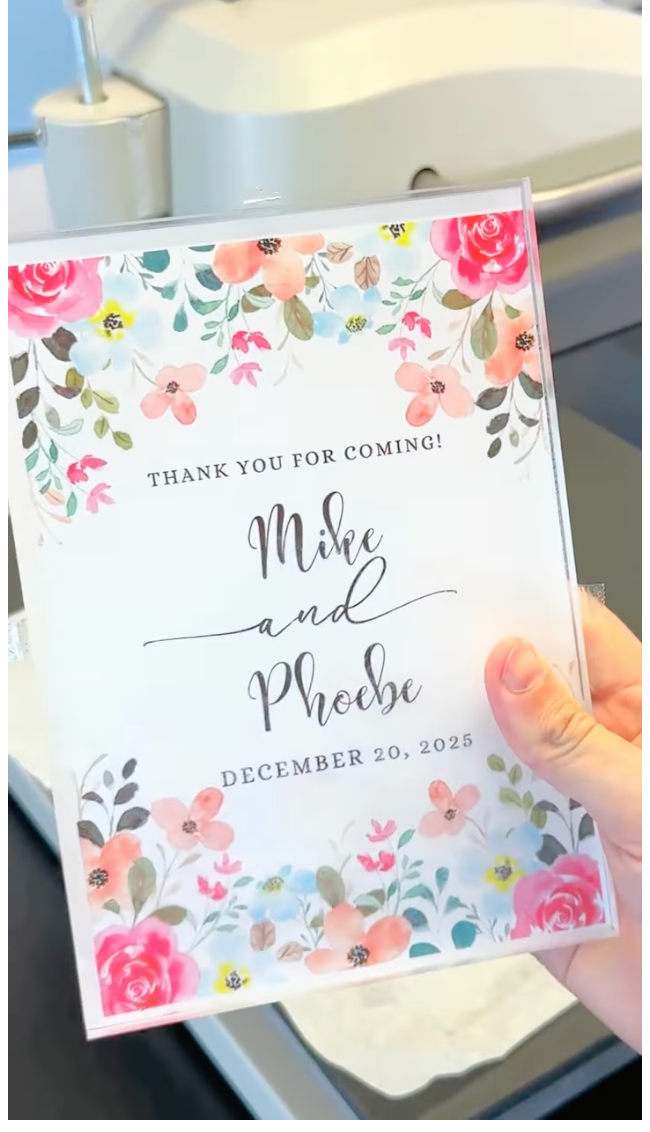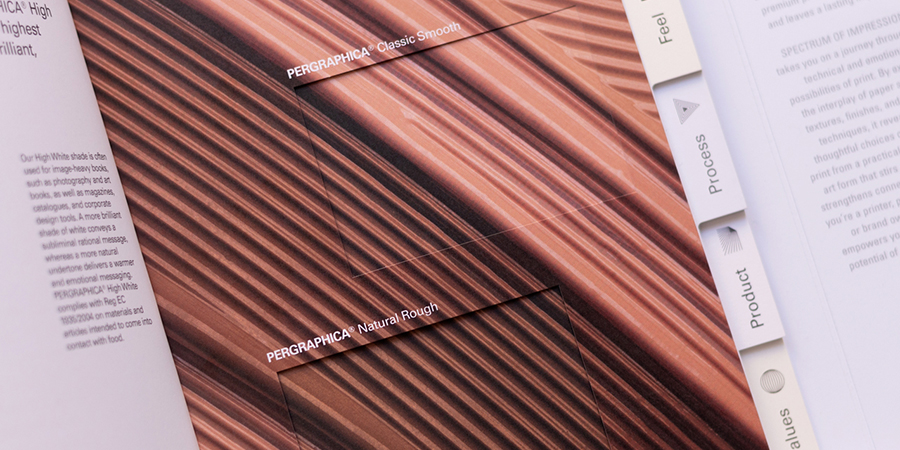Technology was supposed to make life easier. It must have started with the wheel as a more efficient way of moving people and goods around. Of course it got more complicated when human power and then horses were replaced by engines and transmission but all of those additions were an improvement - at least in theory. Every advance always contains its share of peril when you move from the known to the unexpected.
And so it is with digital as the relentless demand for more speed and convenience pushes novelty to ever higher levels of expectation and performance.
Historically, as print shops, as we moved from analogue copy to digital transfer we probably thought it would be the same but different. As it turns out the implications have been as drastic as in all other parts of our home and working environment, and the challenge is ongoing.
When the computer generated file replaced the hard duplicate initially it looked fairly straight forward. There were just a couple of formats that could be used.
The ubiquitous PDF was seen as a universal solution for mixed media and vector files and then for images alone there was the jpg. What could be simpler? Well that didn’t last long as competing IT companies jumped on the design creation bandwagon and imaging moved from cameras to phones all in the aim of making things more user friendly. Or at least sell more phones.
Once files could be saved in a PDF format they could no longer be regarded as an entirely safe option because without knowing how they were created you have little idea what lies buried beneath their digital skin. Similarly images captured on all manner of devices could be an assortment of size and quality depending on their source.
Like the PDF, the jpg was created to be a handy way of sending files, particularly before faster internet arrived, because it could be compressed to a suitable size. But this came at a cost of course, and still does. The knowledge of how you can resize a batch of pixels and still retain reasonable quality is still best left to human calculation rather than automated judgement particularly as the default on most mobile devices is to make it as small as possible so it streams as fast as possible.
The history of Adobe Lightroom goes back nearly 20 years and it was developed not to be an alternative to Photoshop but as a supplementary service as it became clear that PS itself was getting fat and sluggish. By its very nature PS is memory hungry, with its layers that can also contain vector files, with text and object options, colour channels and all. PS was intended to be a design programme as well as a picture one, and as a result was gaining extra features that taxed the average desktop PC - and still does. Unless your graphics display is up to date many new features will be unsupported, and of course you can’t pick and mix what you want.
Lightroom was created from scratch to be a photographic image developer, with no extra design pretentions. It was a reaction to the fact that even back then camera capture was starting to get complicated with different file formats, and some manufacturers using formulas that only their software could open. Even amateur photographers were starting to collect more pictures, and it was evident that it was becoming important to process lots of similar files quickly rather than then the more pedestrian one at a time way of PS.
We often get a large number of customer images to sort, size and colour correct, and LR is one of the best ways to tackle this along with several other advantages so well worth getting to know in the interests of speeding workflow. As ever it’s all about knowing the most efficient way of achieving best results in print.
Getting files into the programme often puts people off as rather than just open with a click you have to import them, or a folder containing them. But this is no bad thing as it encourages you to create a separate folder for the job rather than have it lost in the crowded list of downloads. Or you can set up an Auto Import folder and drop files directly into that.
But this unique import action is one of the key advantages as what you are importing into the active workspace is not the memory draining full size file but and intelligent preview that contains an exact replica of the original - unlike the low res preview you get in In Design for example - and changes made to it are only confirmed when it is exported as a new file to wherever you chose. So you can have a print ready folder for example, while still having the originals intact if you need to go back to them.
Most often multiple files are different resolutions and sizes, as well as exposure and colour hues, taken at different times of day. This is the quickest way to magic them into more regular shapes and shades so they will look more consistent in a book or be easier to align in a collage.
But before I get too far ahead down the print run, let’s consider file types and why we use them. LR is a pixel based programme, so won’t handle vector files, pdfs or word documents, and can’t add text or add bleed to a canvas - at least at the moment. But that’s not what it is for, you have other tools for that in the Adobe box. The dominance of picture files from almost universal mobile devices, however created, means this is no longer a limitation and indeed can be an advantage in many cases.
An editable file is very useful if major structural changes need to be made to an original, but often it may cause unnecessary complication - font substitution for example, links missing, anything that can go wrong when it is being saved by person or persons unknown. Why not keep things simple and just have a solid picture: layers flattened, text embedded, nothing that can be out of place when the file is downloaded and opened.
So why not suggest a raster file rather than a more ambiguous PDF or worse any random media file? The customer doesn’t need to know what it means but may recognise the name jpg or at least spot it in their phones save as options along with the word big, or if there’s just a resolution option just ask them to make sure there are lots of noughts! Now you have a nice solid image to work with and perform the most important task which is making it look as much like the customer expects from his phone screen.
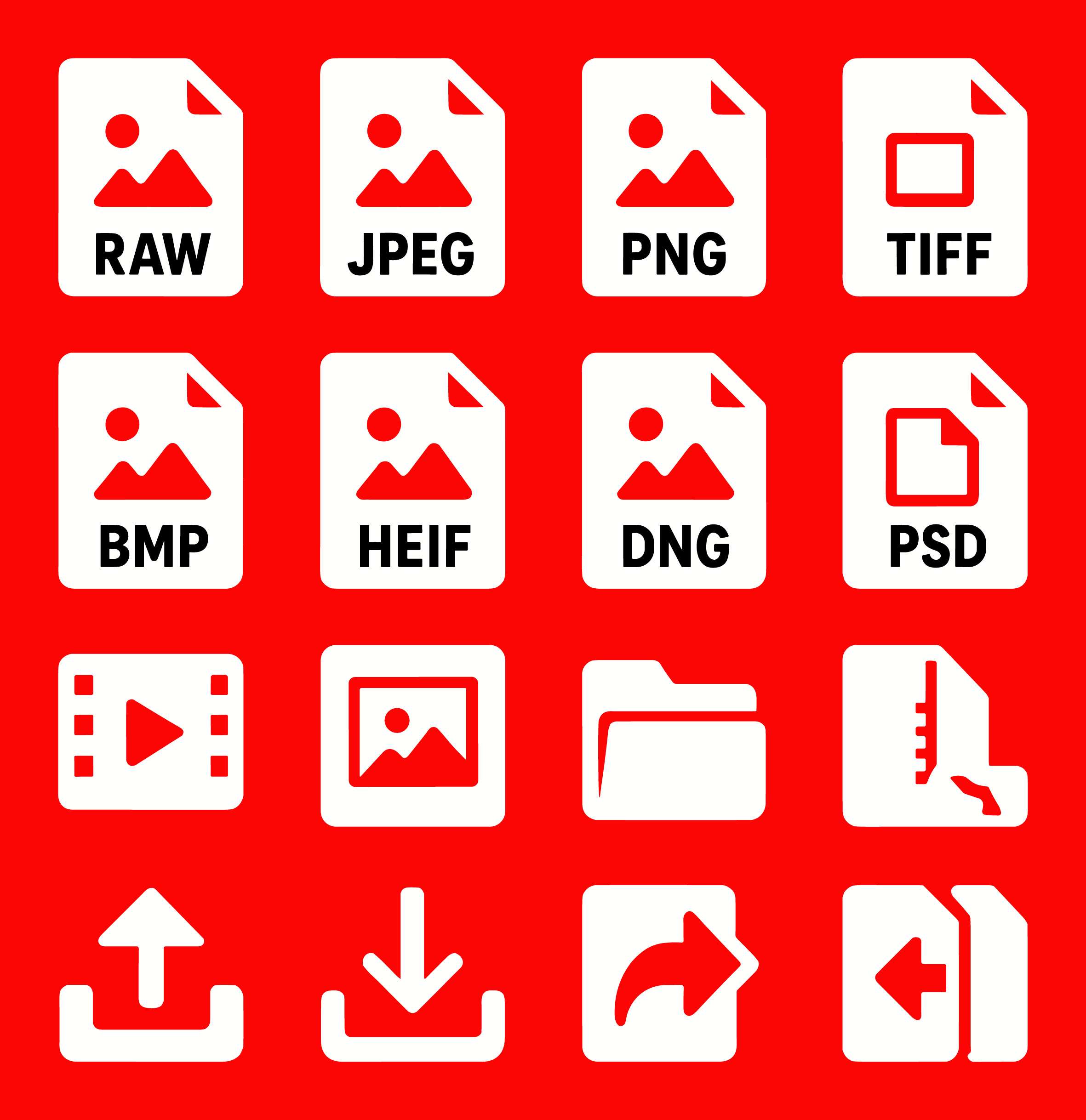
It doesn’t have to be a jpg but that or a PNG are likely to be the most accessible options when saving on a mobile device. If you are saving from PS, on the other hand, you will find at least a dozen options including four types of jpg alone. But as long as it’s got recognisable pixels LR should be able to manage it. And that is part of the reason to recommend it as there are an increasing number of web based file formats like HEIF or HEIC which may not be recognised if you just click them in Windows Explorer unless your file association is up to date. LR, with Adobe’s regular updates, will keep abreast of any photo file novelties because it has to. Once you’ve got it, you can manage it and export it as a preferred format or simply print it straight from the programme.
If you do need to add text, or bleed, you can also open directly from LR into PS together with any changes made, and the new edit will then also be saved - as a separate picture file - back in LR. That way you have a choice of non destructive options right back to the original.
The big advantage in speed of LR comes with handling multiple files, not just one. You can apply a quite daunting range of adjustments available in the Develop module and then apply all or selected ones to other files in the series and the programme will sync the settings. If you are new to LR I suggest starting with the basic, global settings, like temperature and tone, shadows and exposure, until you get the hang of it. With those you can do a lot to correct colour hue in the original, and reduce the saturation of colour so that when printed it closer matches an image viewed on a backlit screen.
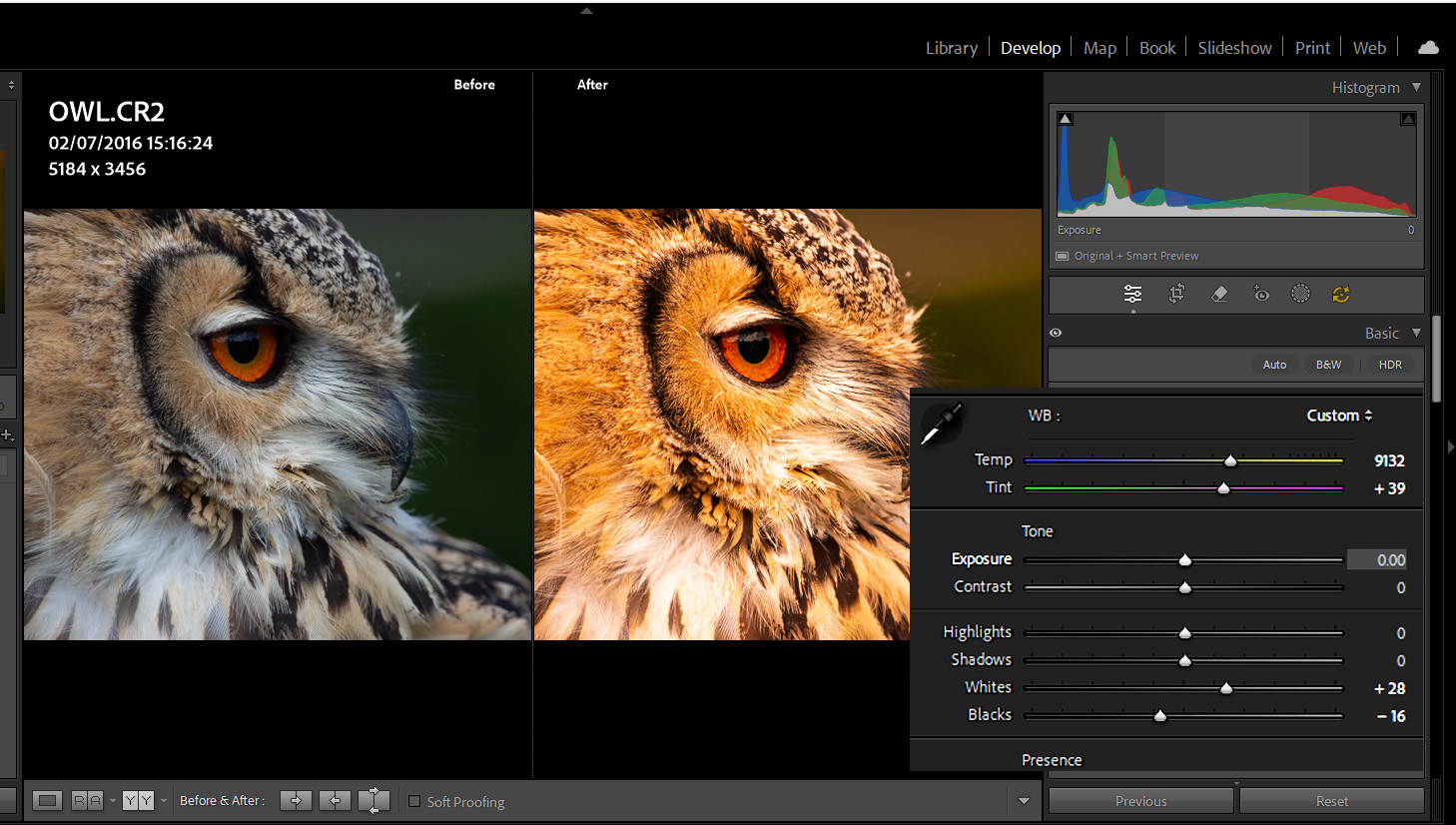
Once you get familiar with the way it works, you can then move on to the more specific tweaks in tone, detail and colour grading. You can make some dramatic changes that will hugely benefit a poorly exposed original, but even slight adjustments can make a significant difference to the eventual print. All of these options are available because we are working in RGB with its vastly greater colour gamut, rather than the much more limited CMYK. Personally I don’t recommend advising customers to save CMYK files as that conversion requires specific export adjustments to avoid dulling down bright colours. If I need to output in CMYK in print I do the editing in LR and then open in PS to complete the transformation. That way I have much more control.
Most of the editing options are actually also available in PS but they are hidden away in the RAW filter option which many will barely know exists. RAW is a particular file format which is one of the most flexible, and least understood, image states. Initially only professional cameras could output it, but now many quality smart phones are able to use it. Essentially it is a captured image that contains all the details but unaffected by any processing on the camera device itself - something that by its nature tends to compress and compromise the output.
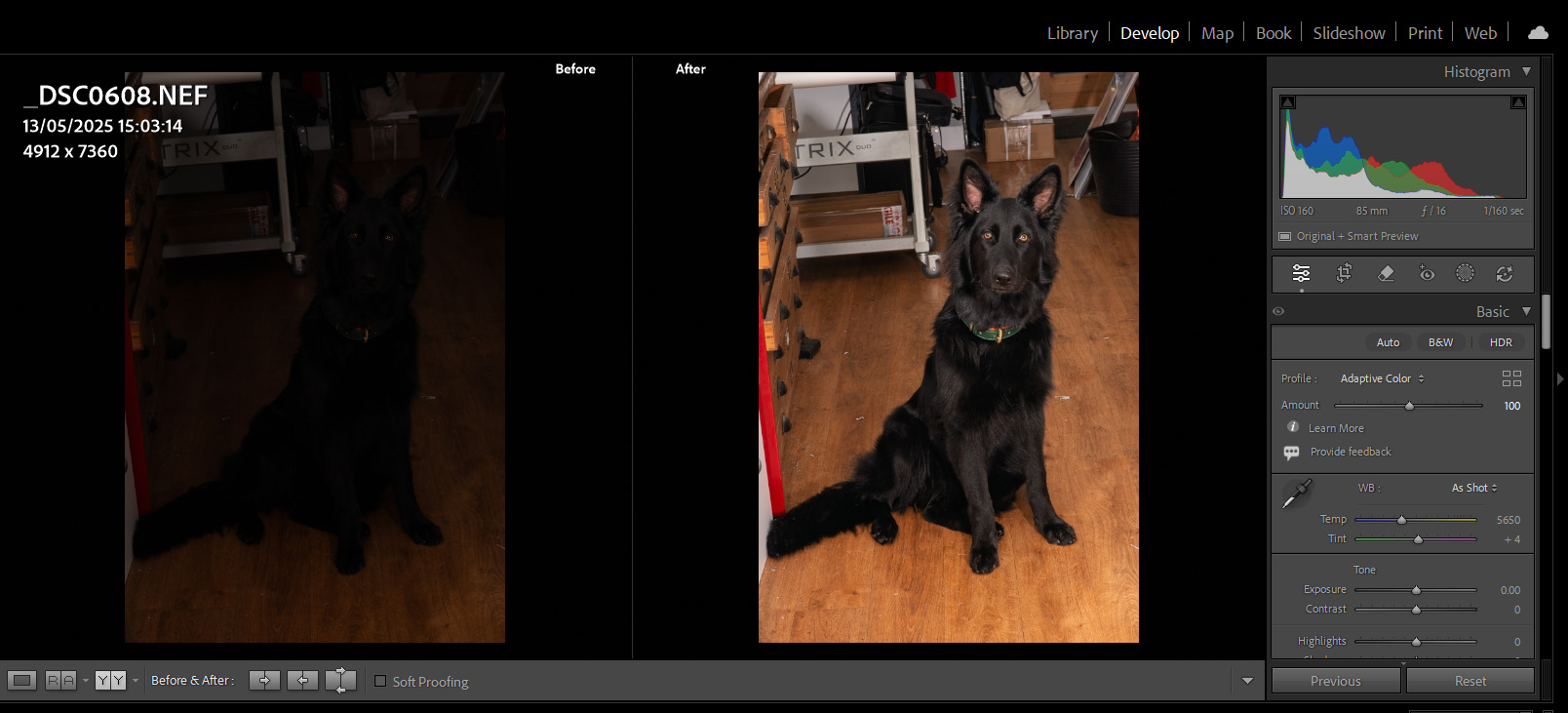
A RAW file is the nearest thing to a digital negative but far superior to its film equivalent because it can pull back information out of what would have been thin air. It’s because of the ongoing progress of RAW image technology that the benefits have been extended, through programmes like Lightroom, to other image files. As a photographer I rarely shoot anything other than RAW because although it’s a large file format, the editing flexibility it gives me over pre-processed jpgs is such an advantage if you happen to have snapped something that needs special treatment.
Most importantly this progress is ongoing which is why it is important to get abreast of it. In the very beginning latest update LR has a new and greatly improved Super Resolution, using AI, to apparently achieve that Holy Grail of multiplying existing pixels without losing quality which could greatly improve print output. I will give you my verdict when I have time to put it to the test next month.
Will it be the best thing since sliced bread or just toast?


.jpg)

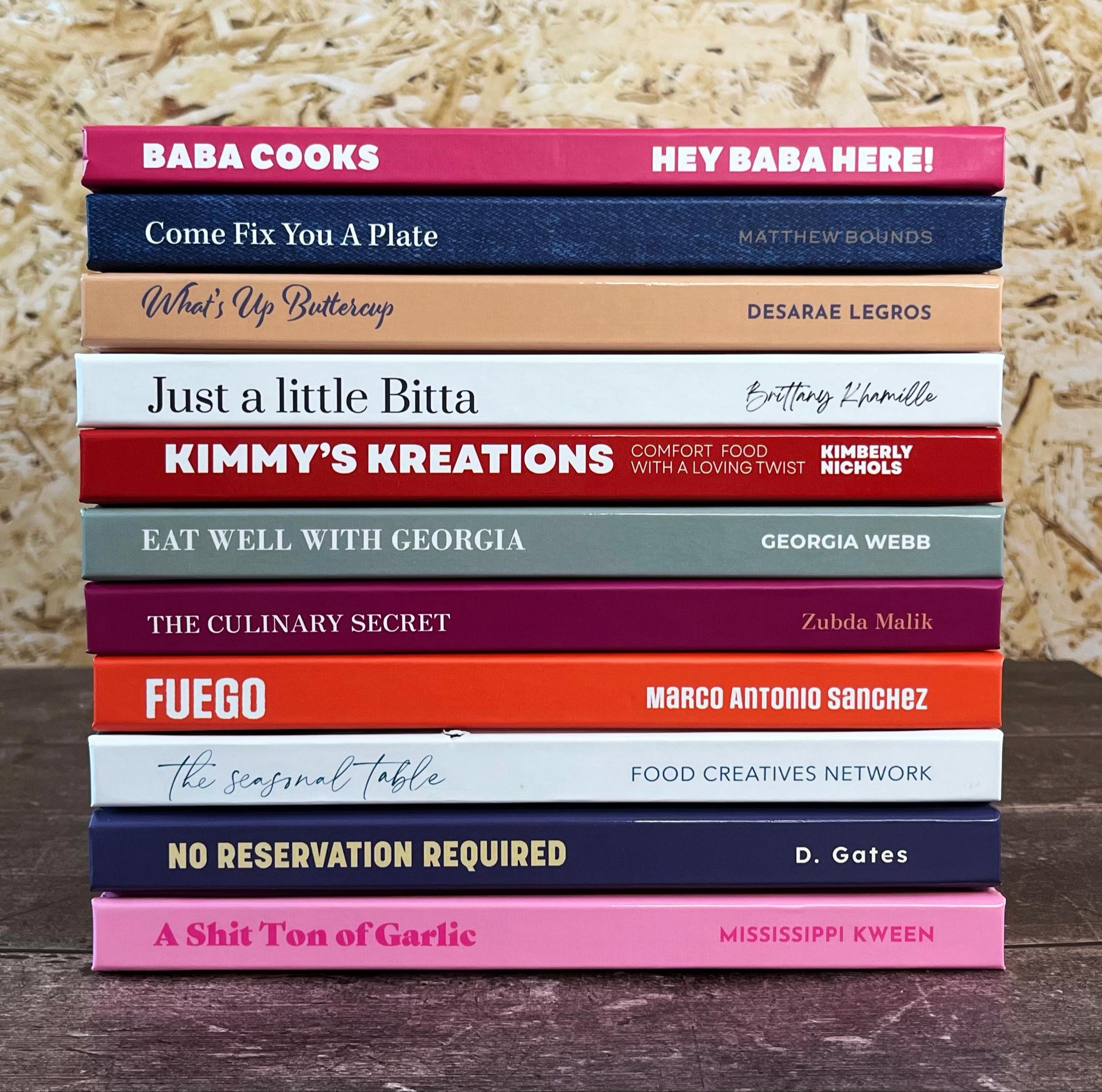
.jpg)
